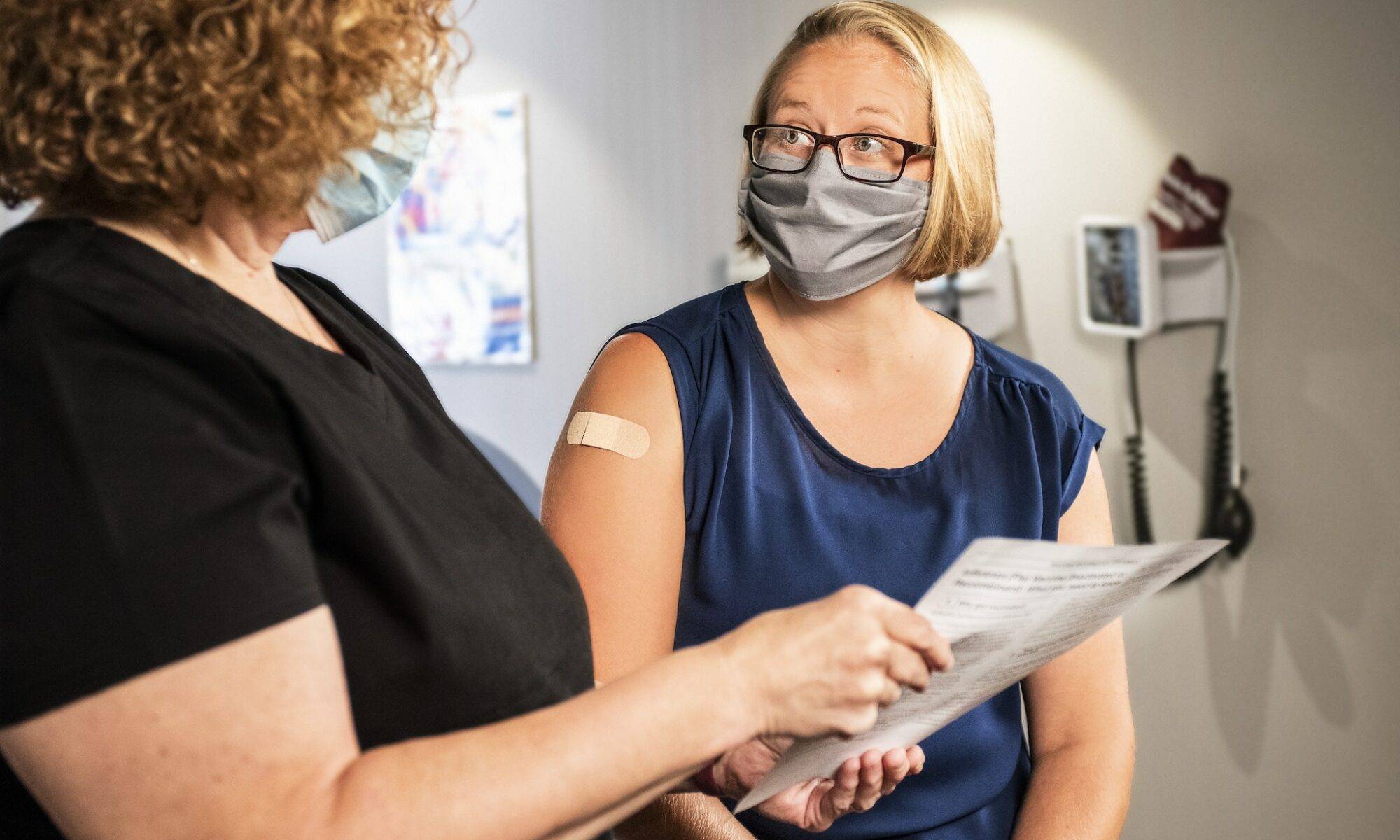Consider the quality of healthcare as an intricately crafted piece of mosaic, reflecting the nuances of society, and the equal access to it as a matter of profound right and dignity. It should be as elemental as the air we breathe, belonging to every man, woman, and child, notwithstanding their origins or life’s circumstance. Tragically, disparities abound, barricading many from the healing hands of medical care. Let’s delve into the labyrinthine world of healthcare access, unearthing the roots of these disparities and deciphering the enigma of the barriers at play.
To untangle the concept of healthcare disparities, imagine a vast tapestry woven with the threads of outcomes and accessibility across distinct populations. The contrasting hues and patterns symbolize the varying outcomes and access — heavily influenced by the sociopolitical, racial, and geographical contexts, linguistic capabilities, and the reach of health insurance. These disparities are a convoluted manifestation of inequality that distorts the fabric of society.
An intricate constellation of factors fuels the engine of these disparities. In the galaxies of socioeconomic forces, the gravitational pull of wealth and income disparity engenders an uneven distribution of healthcare access. The trials faced by those at the lower echelons of economic prosperity include an inability to afford healthcare, unstable housing situations, and inaccessibility to transport facilities.
Racial and ethnic disparities, often perceived through a prism of prejudice and bias, cast a long shadow over the healthcare system. The stories of Black, Hispanic, and Indigenous communities weave a tale of heightened disparities. The discrimination, often lurking in the shadowy corners of healthcare systems, coupled with cultural and linguistic gulfs, construct a formidable barrier to equitable healthcare access.
Geography can be a tyrant when it comes to healthcare access. The isolation of rural areas and underserviced communities make them healthcare deserts, bereft of adequate facilities. The scarcity of healthcare professionals, the daunting distances to be traversed, and the lack of efficient public transportation all conspire against the residents of these areas.
The barriers erected by language and culture are another formidable hurdle. The failure to comprehend the medical vernacular can lead to a communication breakdown between the patients and providers, compromising care. The cultural chasm, coupled with a dearth of culturally empathetic care, can also adversely affect the treatment outcomes.
Lack of insurance coverage — the Achilles heel of many a healthcare system — is a significant player in this game of disparities. The uninsured and underinsured walk a tightrope of risk, walled off from necessary healthcare services by towering insurance premiums, deductibles, and copayments. Potential remedies may lie in Medicaid expansion and affordable insurance schemes.
Disparity’s domino effect ripples through to impact individuals and society at large. The most visible are the impacts on health outcomes and the economic strain they create. Populations marginalized by these disparities bear the brunt, exhibiting poorer health conditions, lower life expectancy, and higher mortality. Furthermore, healthcare disparities increase healthcare costs and cause productivity losses, thereby inflicting an economic burden.
Upturning this grim tableau calls for a comprehensive plan involving numerous stakeholders. Several strategies hold promise — from improving healthcare access through policy changes and affordable options to expanding health insurance coverage by Medicaid programs and awareness campaigns. Cultural competence amongst healthcare providers and diversity within the workforce can also play a significant role in mitigating disparities. Community outreach programs too can serve as powerful tools to educate and empower underserved communities.
In conclusion, despite the progress made, healthcare disparities persist, forming an imposing barrier to quality healthcare access. However, by dissecting the contributing factors and deploying strategic measures, we can navigate this complex labyrinth. A collective endeavour involving policymakers, healthcare providers, and communities can help us champion the cause of equitable healthcare for all.
Why does the notion of healthcare disparities unsettle us? The heart of the matter lies in the unjust distribution of health outcomes and access, which leads to avoidable suffering and premature deaths. Achieving a more equitable healthcare system is a moral imperative.
How can one scale the fortress of healthcare barriers? The key lies in exploring healthcare resources, seeking financial aid, and advocating for oneself. Keeping abreast with the changes in the healthcare arena is also crucial.
How can cultural competence revitalize healthcare access? The power of cultural competence is in its ability to bridge the gap between different cultural beliefs and practices. By fostering effective communication, it can build trust, thus enhancing the healthcare experiences of all patients.
What can incentivize healthcare professionals to serve underserved areas? The answer lies in programs that offer loan repayment, scholarships, and grants to those willing to take the road less travelled. These initiatives aim to resolve the workforce shortages plaguing such regions.
How can ordinary citizens help minimize healthcare disparities? By supporting local initiatives, participating in awareness campaigns, and advocating for change, they can significantly influence policy and bring about positive change. Each small step counts towards making a big difference.


